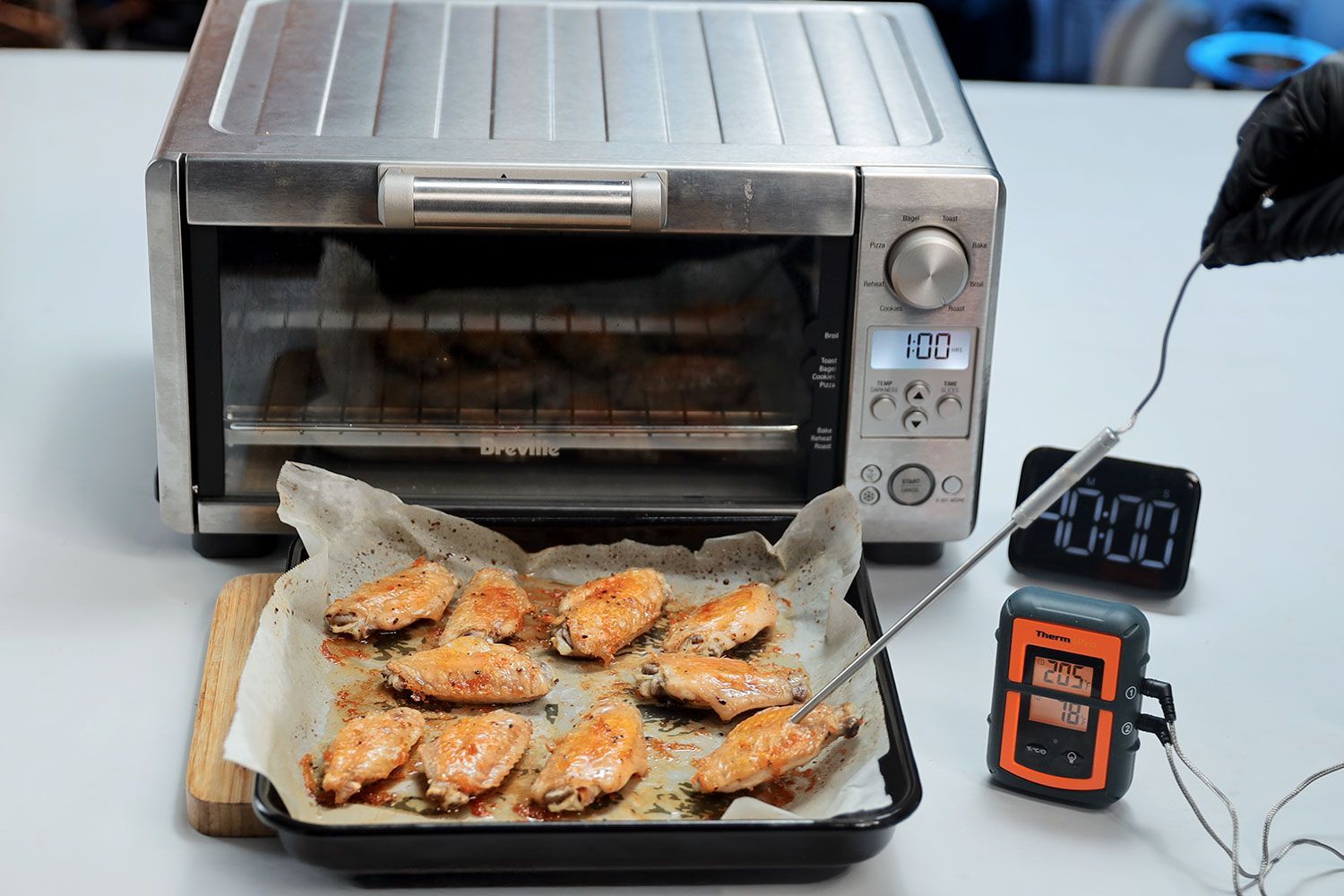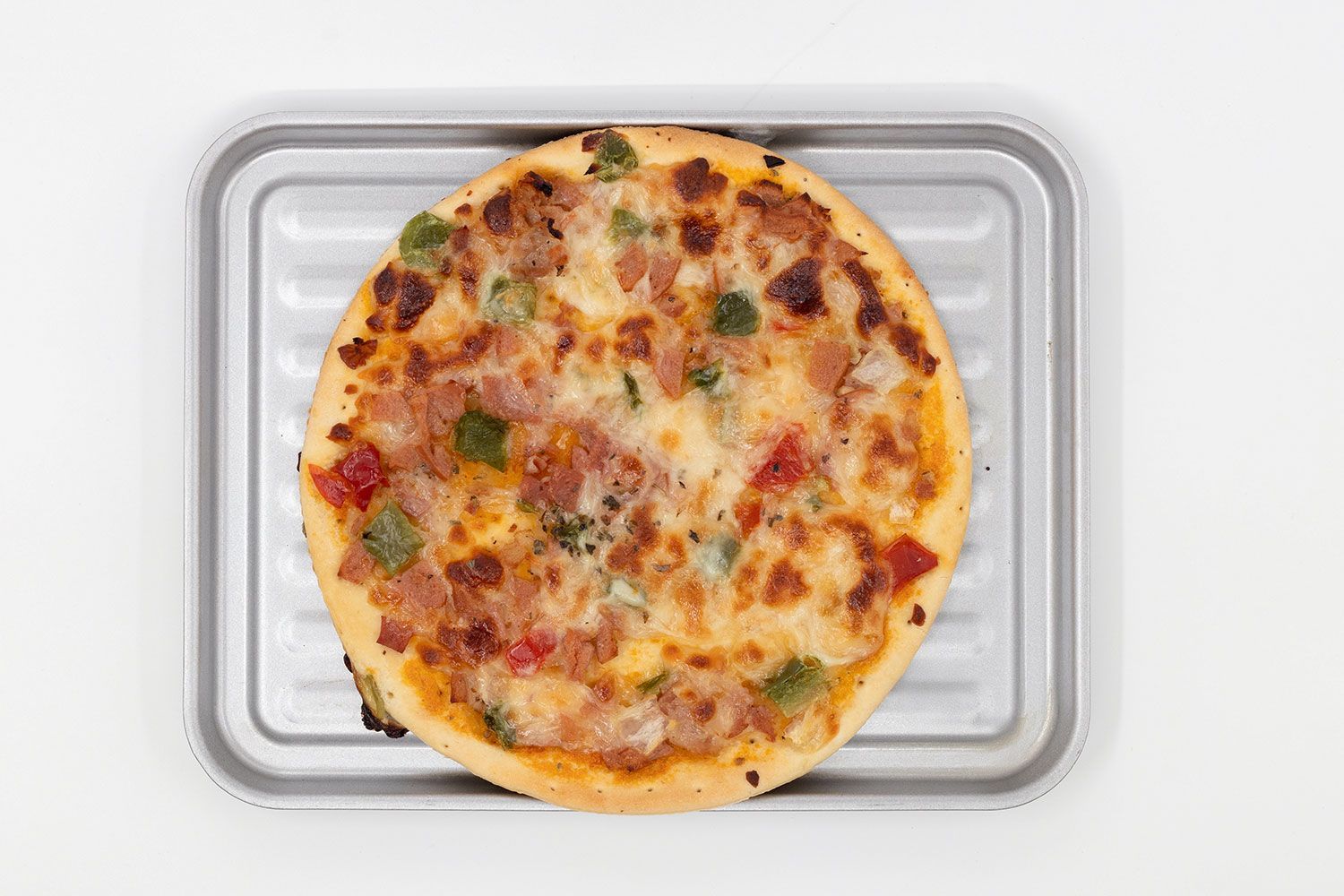Our recommendations are made independently. We may receive commissions from purchases made via our links.
French Fries Test for Small Toaster Ovens
Check out how we test baking french fries with our small toaster ovens. Choose the best small toaster oven for making crispy golden baked french fries.
This test is part of How Shouldit Tests Small Toaster Ovens v1.0
French fries are a popular side dish and a delicious snack on their own. With increasing health consciousness, many people are choosing to bake or air fry fries instead of deep-frying them. Therefore, our french fry baking test accounts for 10% of the performance score for a toaster oven.
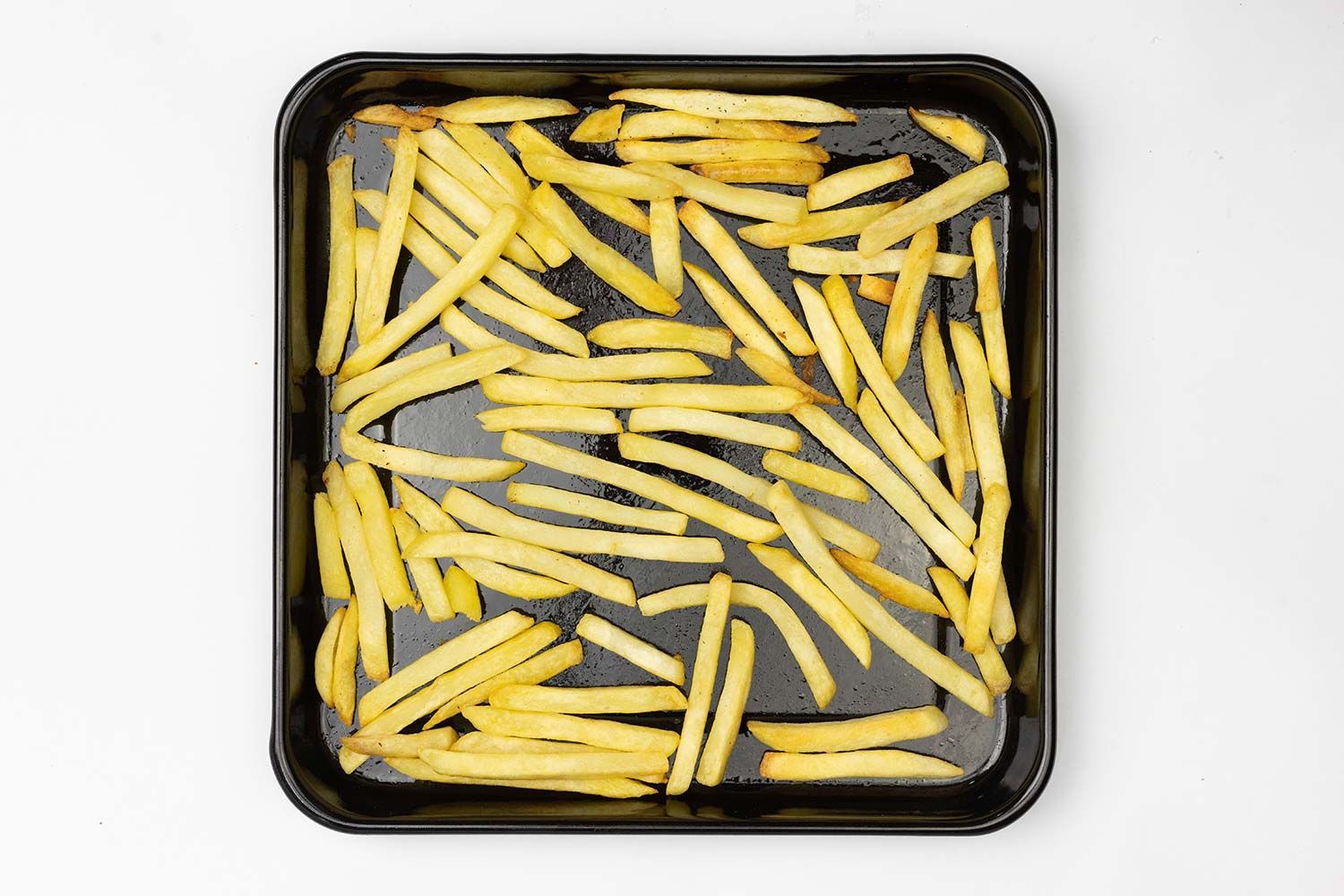
Our goal is to assess if each toaster oven can bake perfectly golden and crispy fries. We then compare the results to help you find the ideal toaster oven for your next batch of baked fries.
Prior to the Actual Test
To standardize our french fries baking test in a toaster oven and ensure consistent, replicable results, we established specific criteria.
- We used 12 oz of frozen straight-cut 3.54” x 0.35” (9 cm x 9 mm) french fries. This amount can be evenly spread in one layer on any oven's air fryer or baking pan, from small to large.
- The fries are pre-coated in vegetable oil, so we didn't add any extra. We baked them straight from the freezer.
- For ovens with convection systems, known for enhancing savory baking, we utilized the most powerful setting.
- Based on the air fryer french fries recipe from Healthy Recipe 101, our initial settings were 15 minutes at 400°F, flipping the fries after 10 minutes. If improvements were needed, we adjusted time and temperature to find the optimal settings.
- We scored based on four factors: Cooking Time, Color, Texture, and Taste, detailed below. Since the fries are precooked, doneness wasn't a concern.
Testing Equipment
Smartphone timer: Timing is key in cooking so we measure the time for baking french fries with a smartphone timer. If the toaster oven has a fries function, we check if it matches the preset timer.
Oven thermometer: Because temperature is another essential factor, we use a thermometer to keep track of the oven’s internal temperature. Similar to cooking time, we also check if it matches the preset temperature of the fries function if available.
Camera: We record all the testing procedures on camera.
Steps
- We place a thermometer inside the small toaster oven and preheat for 10 minutes or until it reaches 400°F. We also use a phone timer when not provided by the oven.
- We place 12 oz of frozen straight-cut 3.54” x 0.35” (9cm x 9mm) french fries on the baking pan.
- After baking, we first check the color and take photos.
- We break up some of the fries to check the texture.
- We have a taste test with a group of four people including our head chef and finalize the score.
- If the outcome can be improved with a different time and temperature, we repeat the process to find the best settings.
How We Score
We mentioned earlier that the baked french fries test takes up 10% of the performance score. Scoring factors are Cooking Time (20%), Color (20%), Texture (20%), and Taste (40%). Each factor and the overall score of the fries are shown on a scale of 0 to 10.
Cooking Time
We keep track of the amount of time suitable for baking french fries in each toaster oven, then compare them all together to devise a scoreboard. After much testing, we found 15 minutes to be the ideal time to get our desired color and texture.
It’s not the fastest time possible however, so we chose it as the benchmark for 9 points and designate the score of 10/10 for any oven able to cook the fries in less than 12 minutes. Then, each 5 minutes increase in cooking time is 1 point deducted.
When taking into account the roughly 10-15 minutes of preheating a small toaster oven to 400°F, it also seemed reasonable.
- 10/10: ≤ 12 minutes
- 9/10: 15 minutes
- 8/10: 20 minutes
- 7/10: 25 minutes
- ...
- 2/10: 50 minutes
- 1/10: 55 minutes
- 0/10: 60 minutes
Color
We check if the color is even for the entire batch of fries and if it’s perfectly golden.
This benchmark is significantly lower compared to that of large toaster ovens due to their higher power output as well as having more heating elements and a convection bake feature.
- 10/10: 100% even golden color
- 9/10: 10-20% of the areas are a bit light and/or too brown
- 8/10: 30-40% of the areas are a bit light and/or too brown
- 7/10: 50-60% of the areas are light and/or dark
- 6/10: 70-80% of the areas are light and/or dark
- 5/10: 90-100% of the areas are too light and/or too dark
- 4/10: No color
- 0/10: Undercooked; Burnt
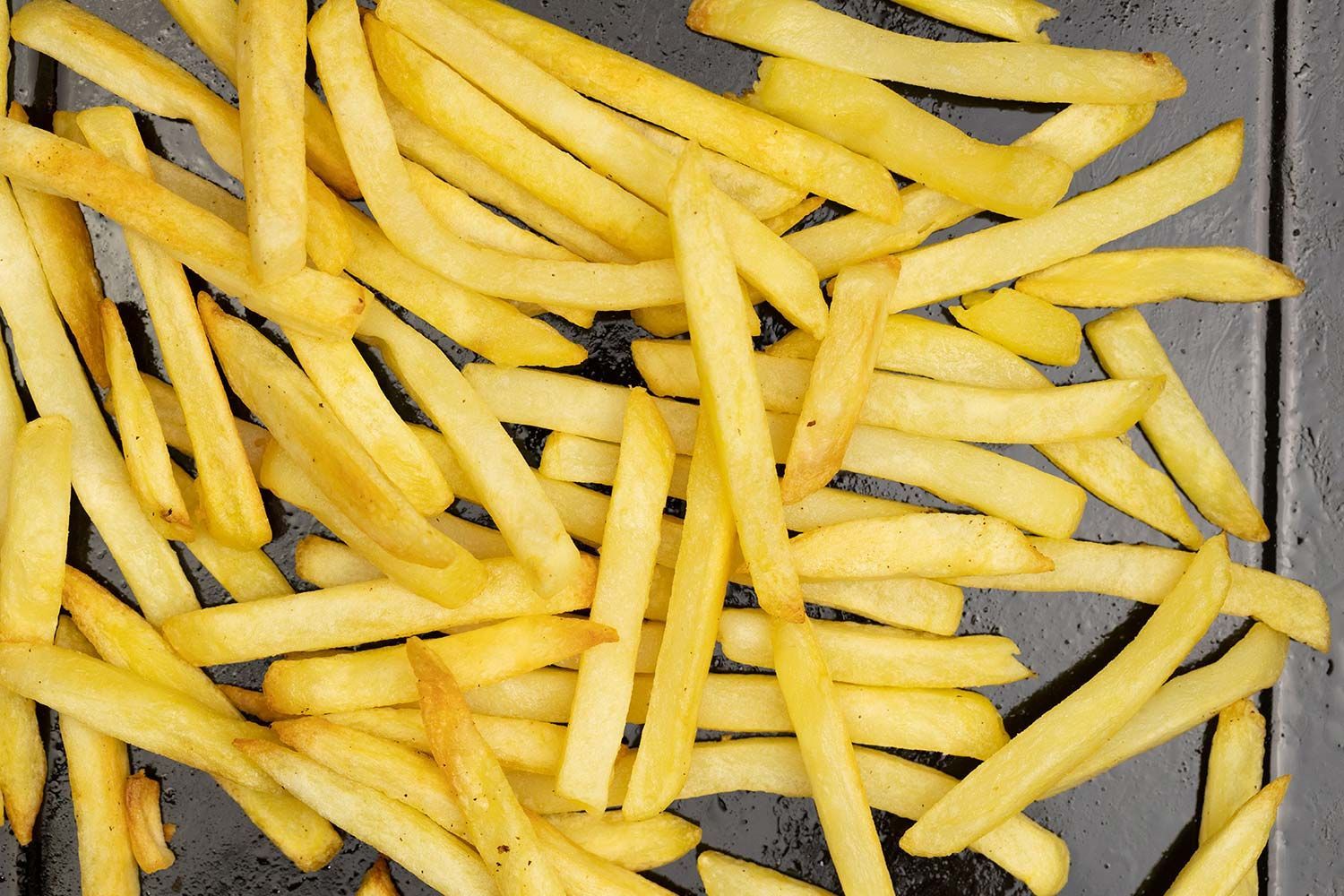
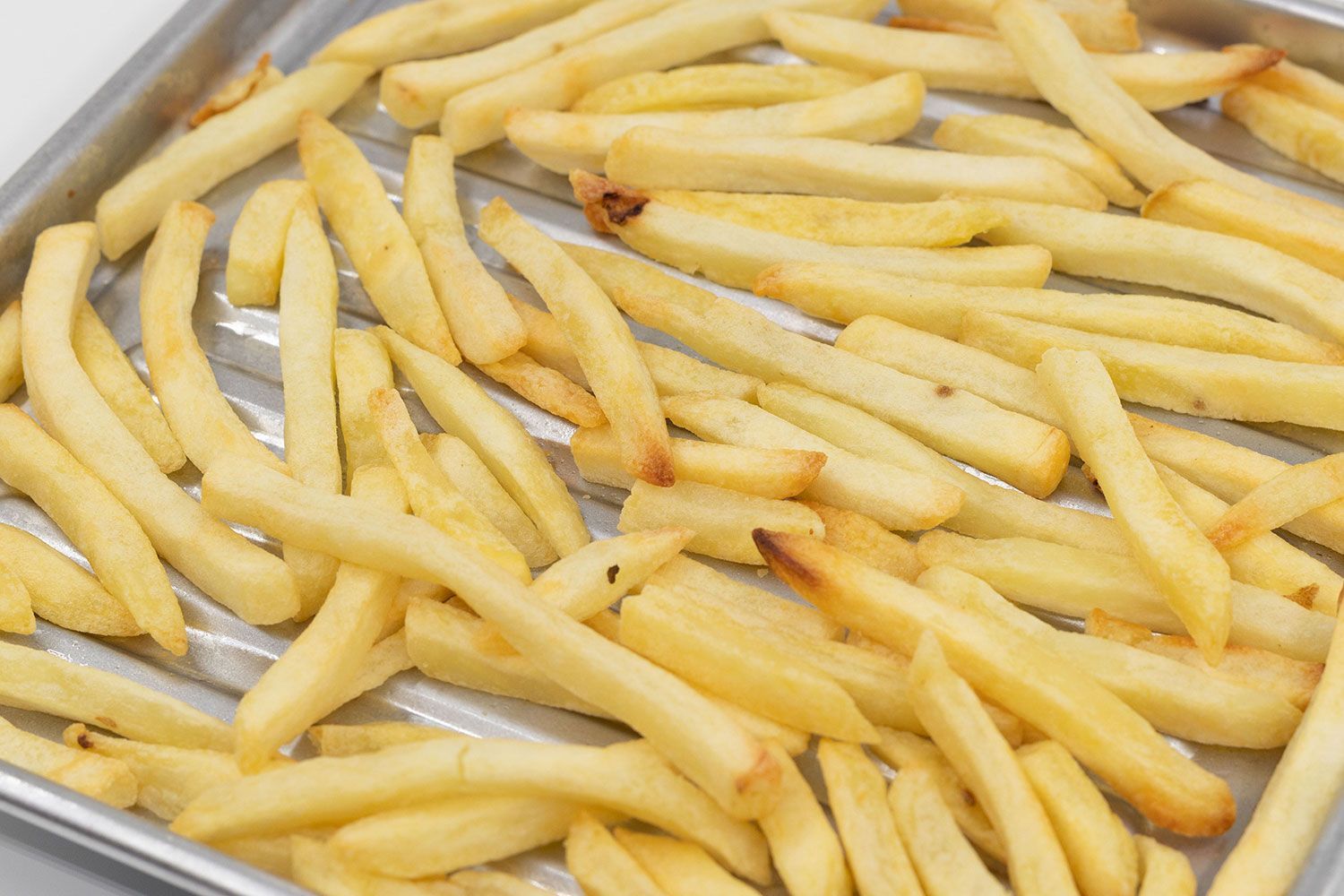
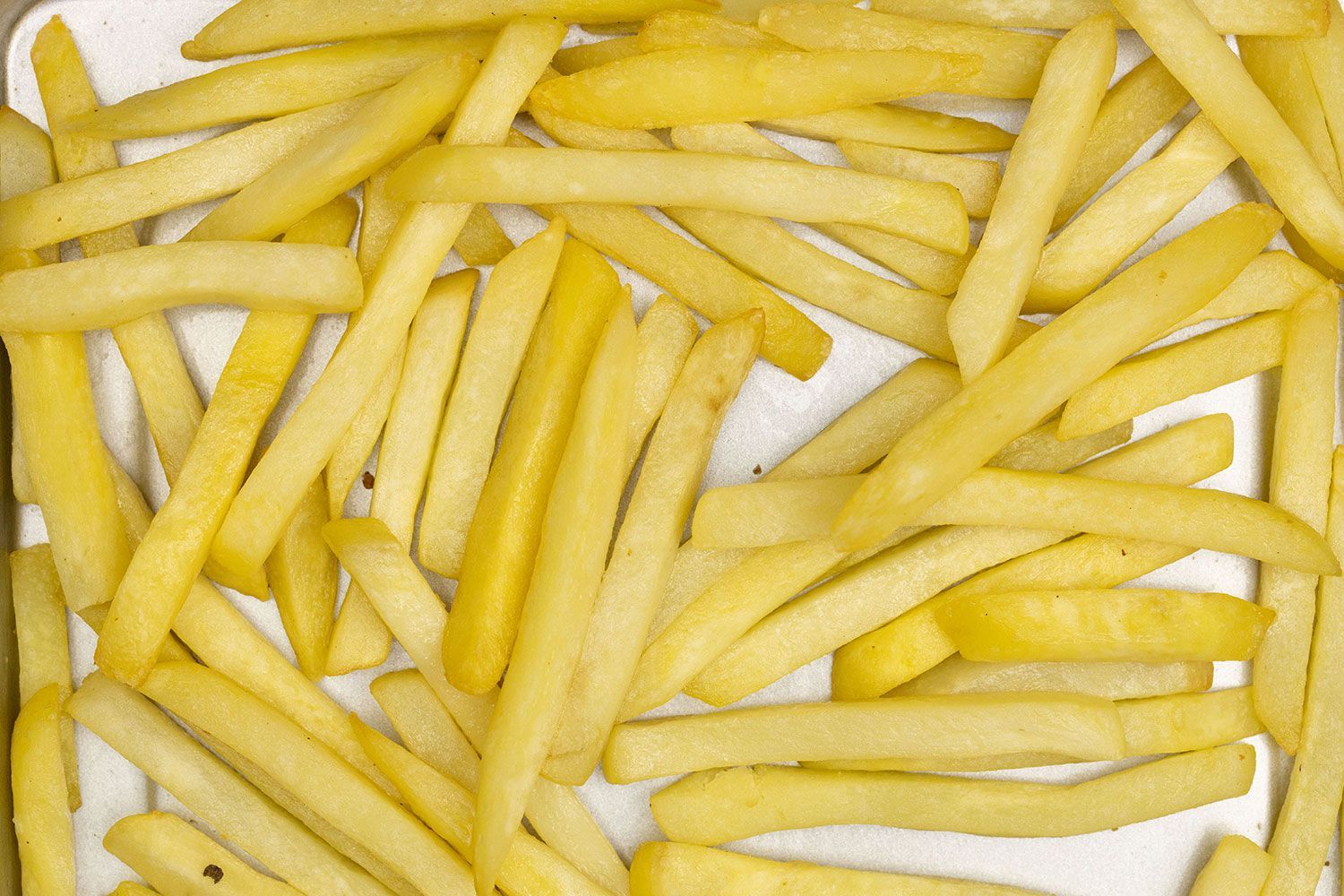
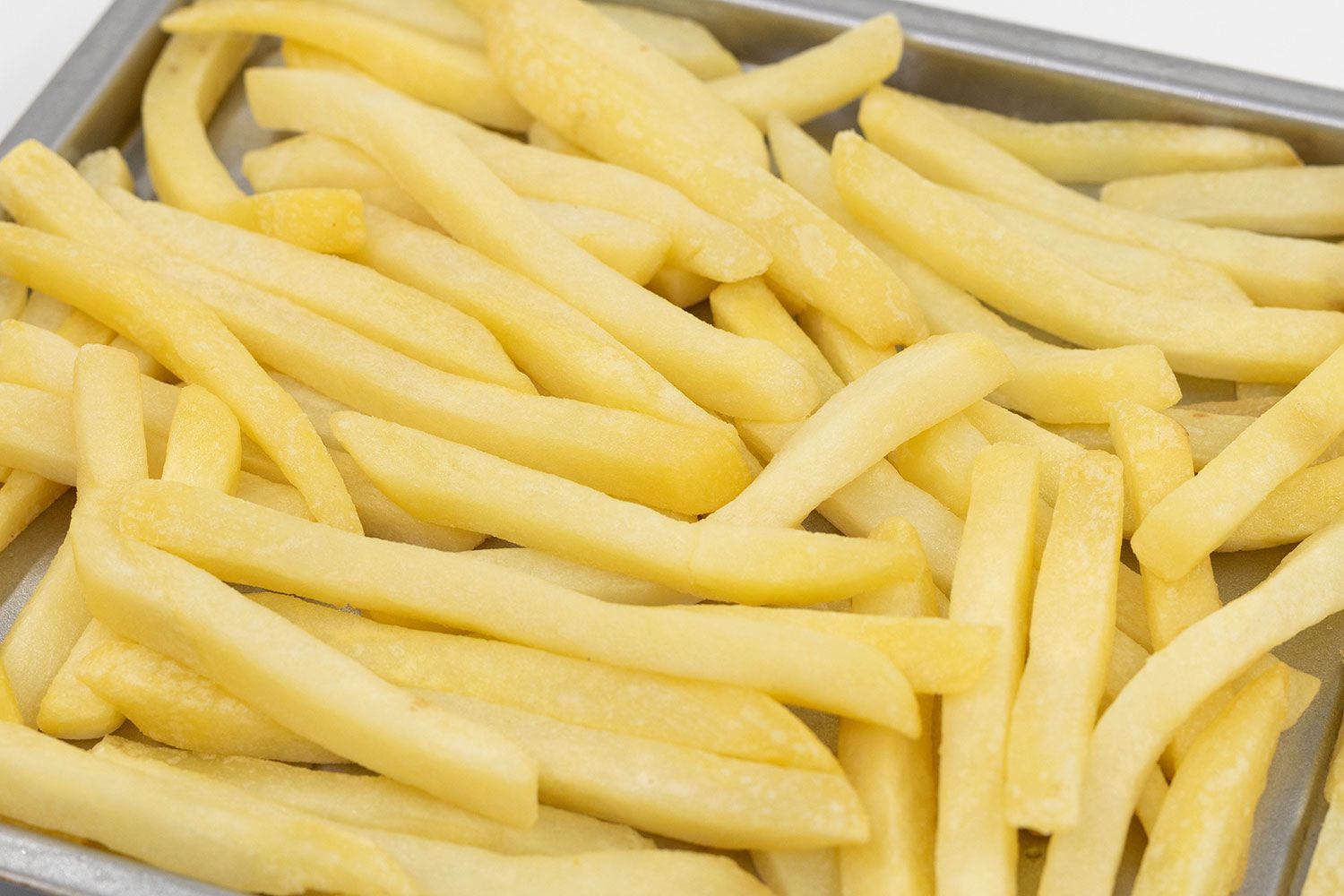
Texture
For the texture, we check if the outside is crispy and the inside is still moist.
- 10/10: Perfectly crispy outside and moist inside
- 9/10: A bit crispy outside; Slightly moist or dry inside; 90-80% even
- 8/10: A bit crispy outside; Slightly moist or dry inside; 70-60% even
- 7/10: Chewy and/or soft; A bit too moist or too dry; 60-50% even
- 6/10: Chewy and/or soft; A bit too moist or too dry; 40-30% even
- 5/10: Very chewy and/or soft; Too moist or too dry; 20-10% even
- 4/10: Very chewy and/or soft; Too moist or too dry; 0% even
- 0/10: Undercooked; No color; Burnt
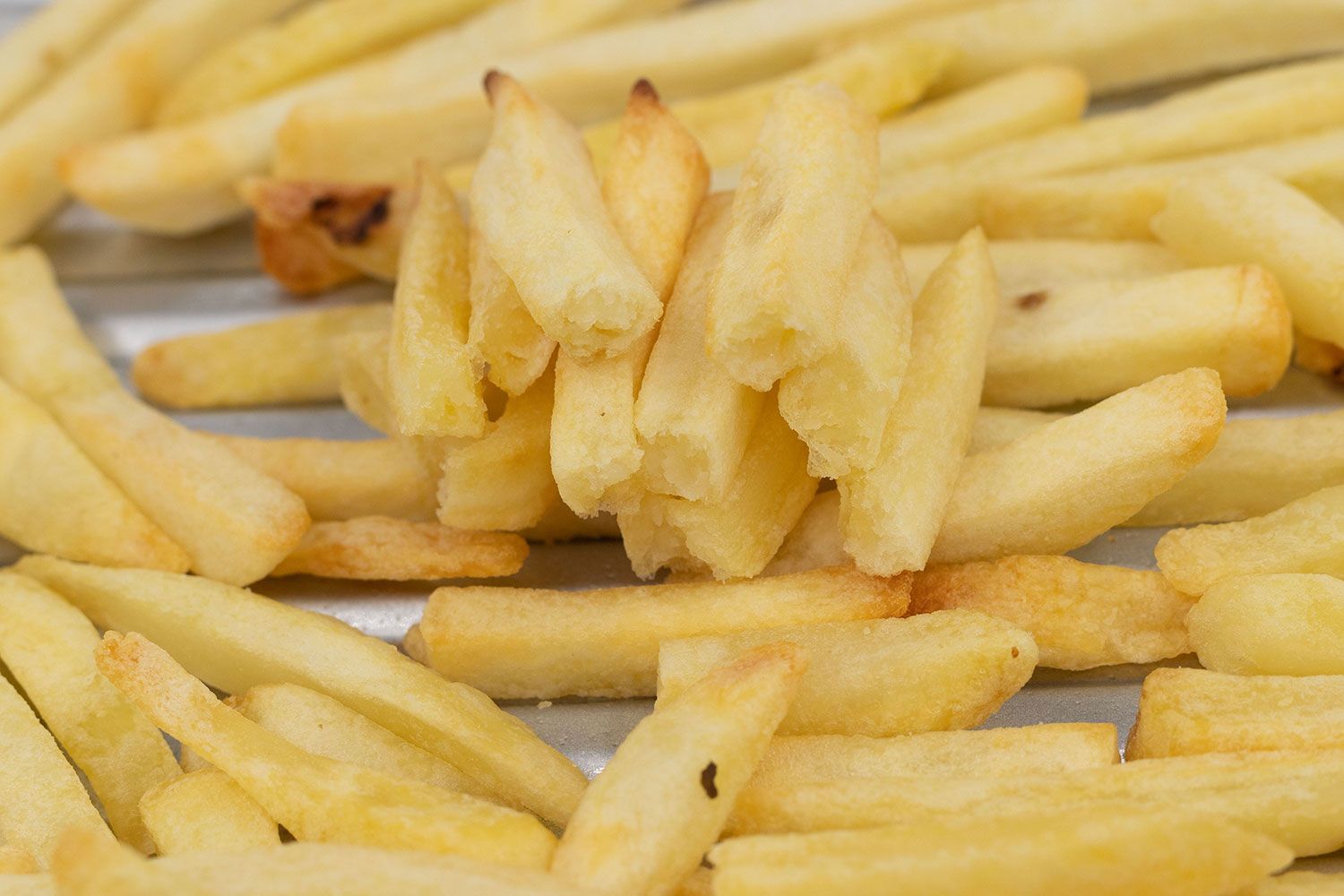
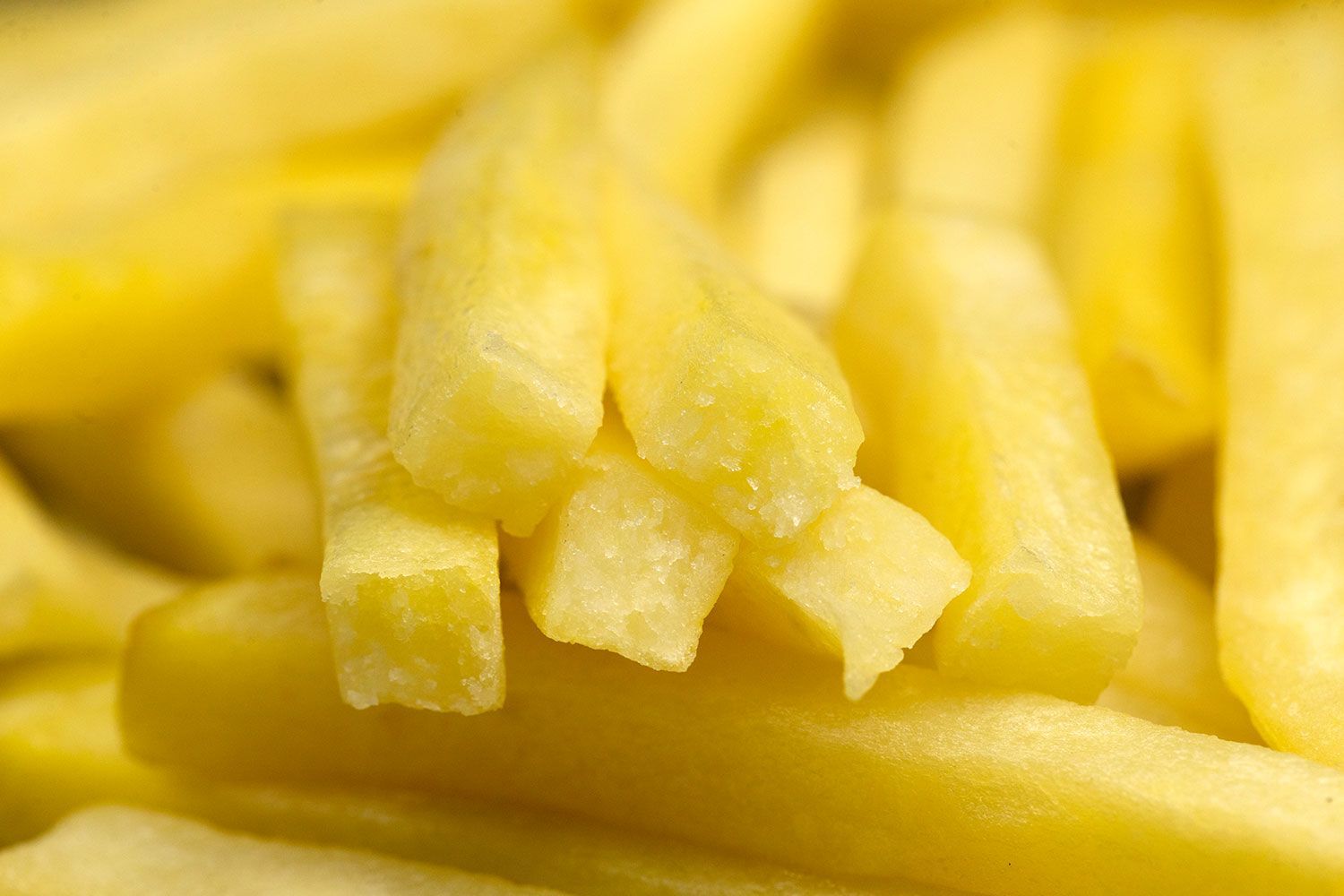
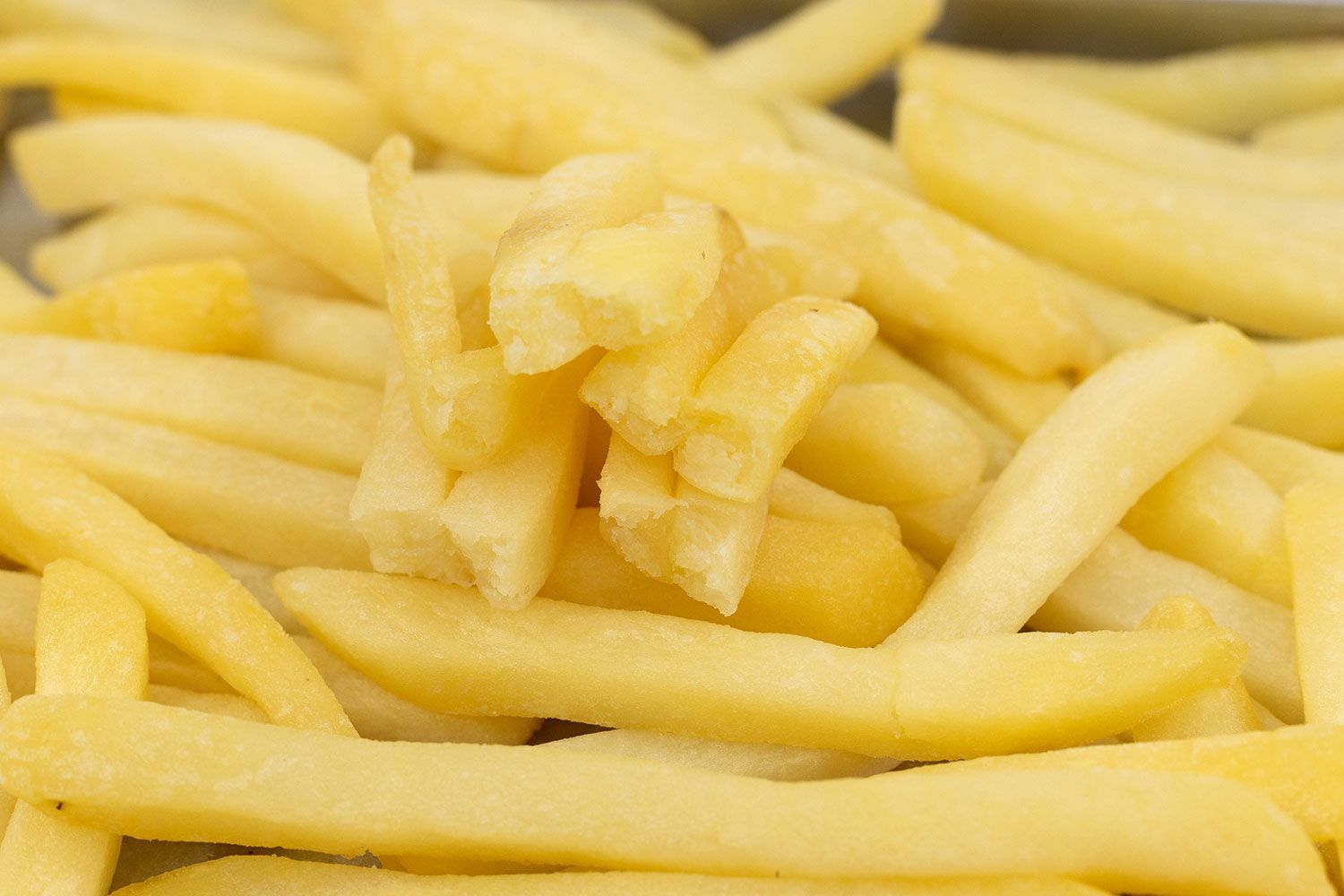
Taste Test
Taste, while subjective, is an essential factor for assessing food, including fries. Our judging panel includes a professional chef, a home cook, and two food enthusiasts to provide varied perspectives. Led by head chef Tuyet Pham, with her extensive experience and numerous awards, our scoring table is expertly crafted.
Key factors in our assessment include:
- Overbaking can cause fries to become burnt and dry, while underbaking may lead to uneven color and lack of crispiness.
- Excessive cooking temperatures can result in burnt yet soggy fries, whereas lower temperatures might leave them lacking in color and crispiness.
- Overly burnt fries often have an unappetizing bitter taste.
